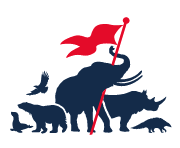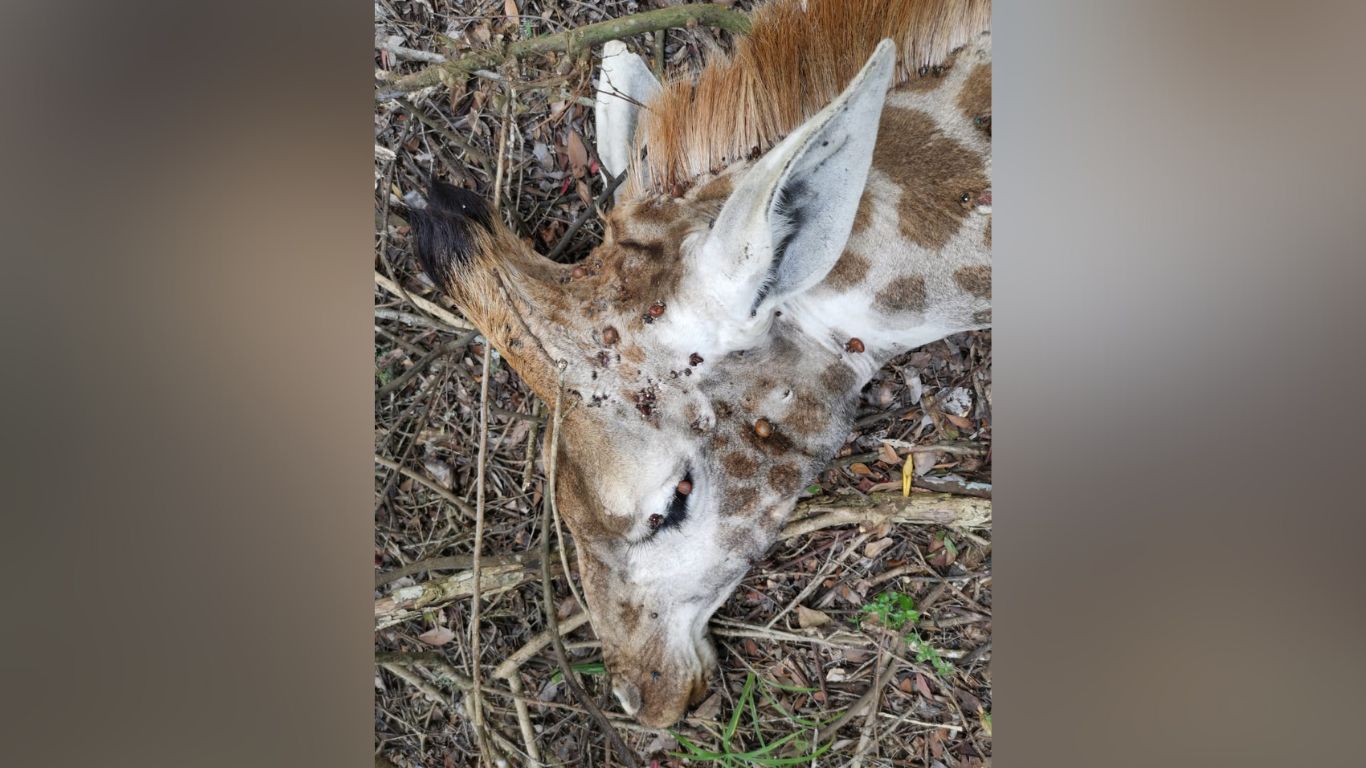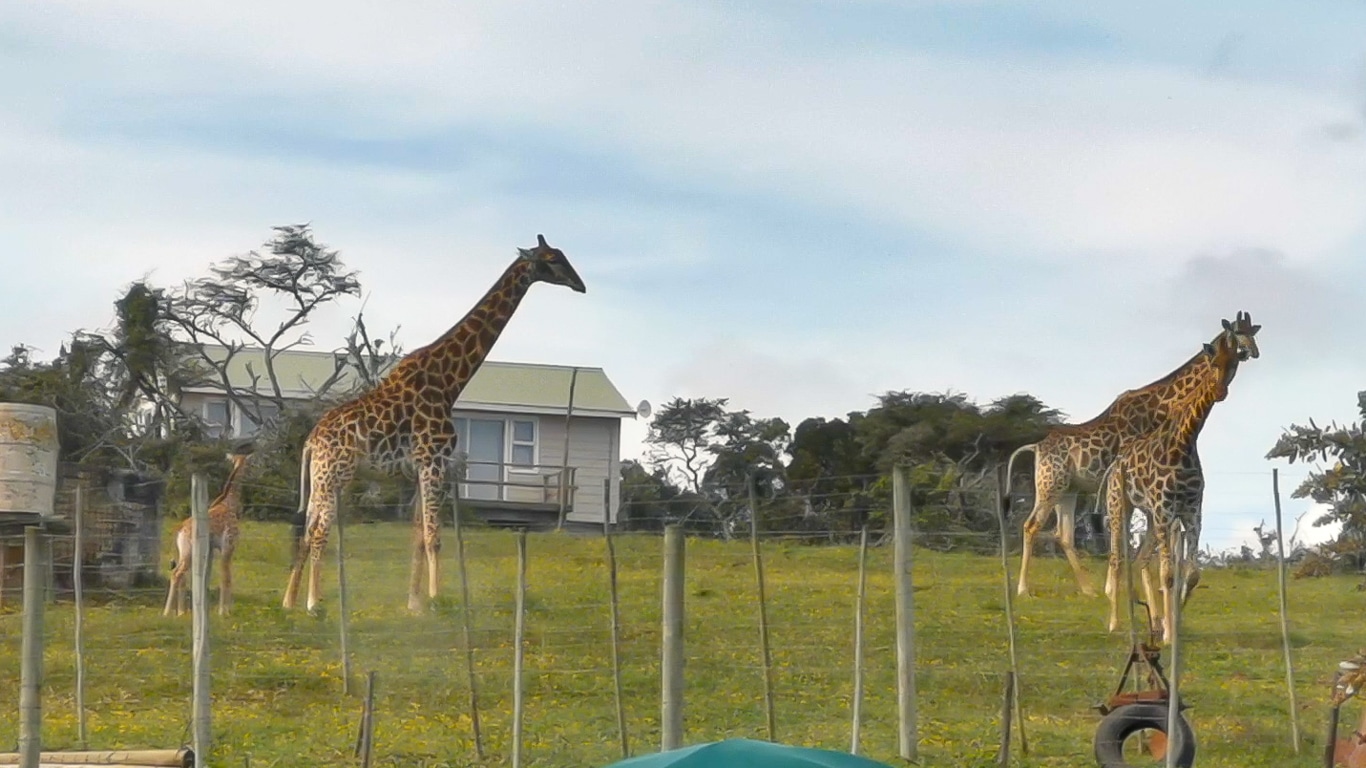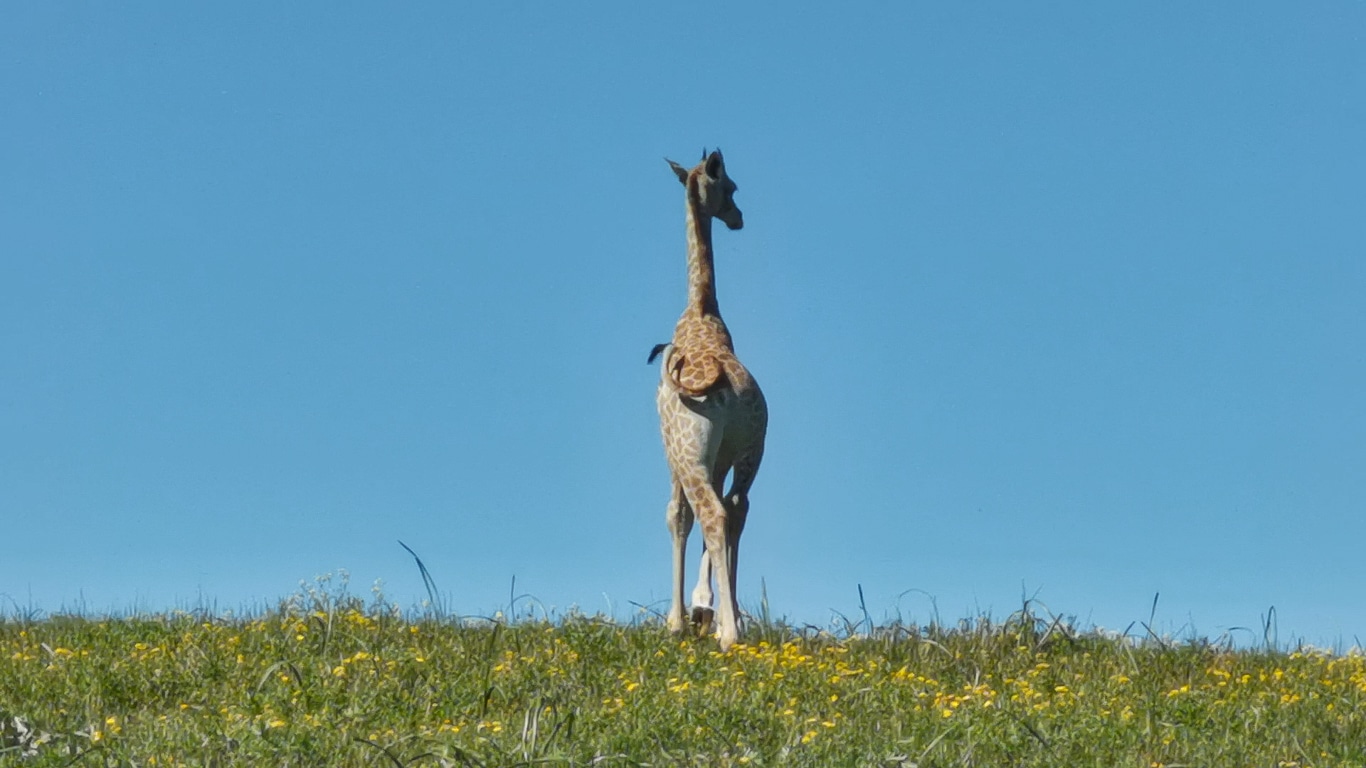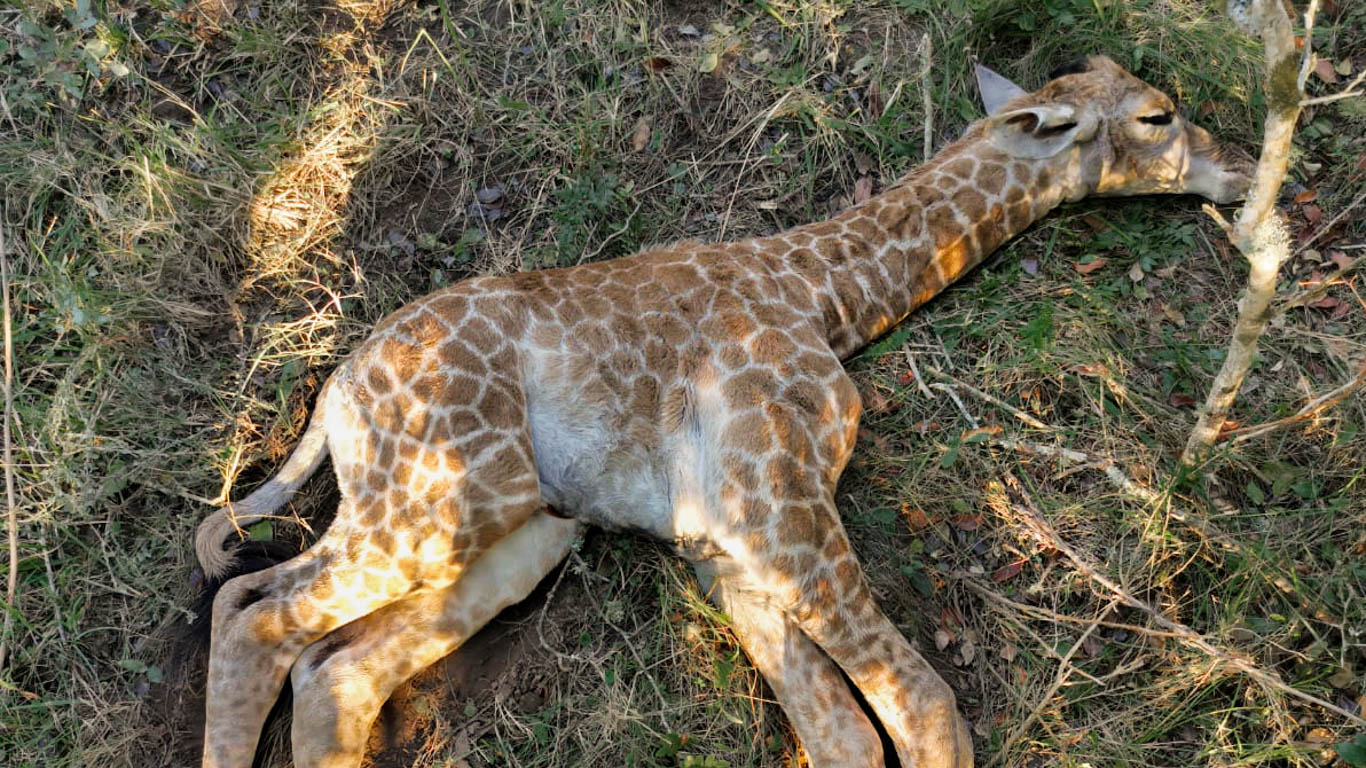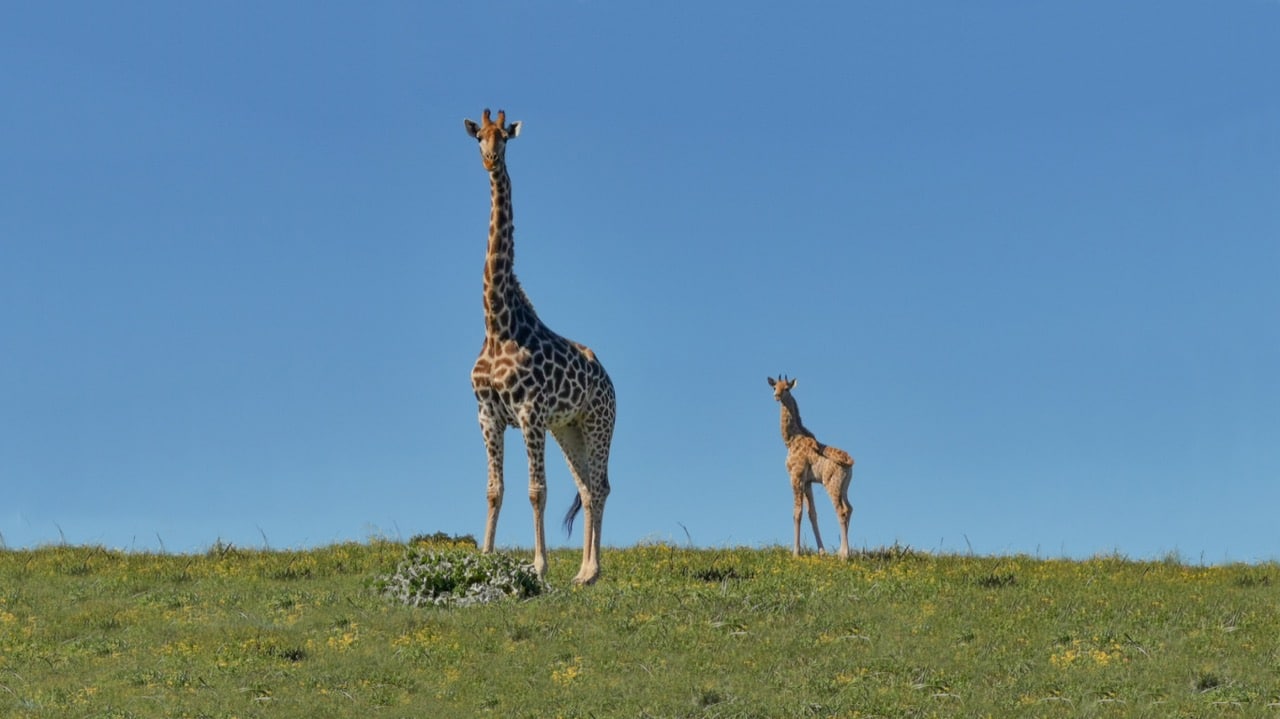In June, we told you about three adult giraffes living on a totally unsuitable piece of land in South Africa’s Eastern Cape. The land is a smallholding, strewn with junk and far too close to humans. The giraffes were starving due to a lack of sufficient vegetation and riddled with disease-causing ticks. Two newborn calves had already died in this virtual wasteland for wildlife.
The illegal wildlife trade is thriving in Africa, and it is likely that criminal activity was responsible for the giraffes being dumped. We knew we had to move them or they would not survive.
With your support, we raised enough funds to relocate all three giraffes to a suitable wildlife reserve – but then came the twist none of us had expected.
As our expert wildlife relocation team was preparing to move the giraffes to the nearby Royalston Wildlife Reserve, a spacious, vegetation-rich expanse where they would be able to thrive, what can only be described as a miracle occurred…
One of the giraffes gave birth to a calf!

When this happened previously, the calves died, but despite all the odds stacked against the newborn, this calf has survived. BUT – calves under six months of age cannot be relocated, which means that for now, we MUST continue to feed and care for the animals in their current location.
The giraffes need to be moved as a matter of urgency, but the survival of the new calf is our number one priority (along with keeping the three adults alive). We must also keep the giraffes together as a family – moving them separately is not an option. Our skilled relocation team will not dart a giraffe under the age of six months, and thus we cannot move any of them until the calf is older.
Relocations are tricky operations, and every effort must be made to ensure that the animals are strong enough to be moved and their stress kept to a minimum for the relocation to be successful. We will not risk the precious life of this newborn.
Because our relocation team has advised us not to move the calf until it is at least six months old, we must continue to feed, monitor and treat the giraffes in their current location until they can be moved as a family.
Giraffes are under increasing threat to their existence in the wild, so the survival of this calf is really important, not just to its parents and animal lovers, but as a step towards restoring giraffe populations to robust good health. We need your help to provide this family with food and care until they can be moved as a unit.
We must urgently provide enough lucerne and salt licks for the giraffes so that they have sufficient food to eat, and so that the mother can stay strong and adequately nurse her offspring. Our plan is to build feeding posts that act like trees so that the giraffes can eat, and also produce enough milk for the growing young calf.
Once the calf is old enough to eat solid food – this usually happens at around four months of age, but they may start to graze earlier – we will need to ensure that there is enough food for all four of the animals until we can move them.
You have helped us come this far, and the relocation will happen if we can keep these animals and their calf alive. Please, donate generously right now so that we can continue to get the giraffes the sustenance they urgently need, and provide veterinary care until they can be relocated as a unit.
Two calves died – we cannot allow a third to die on our watch. This calf deserves the chance to live, thrive, and roam freely just as giraffes are meant to.
Please, help us save the lives of this precious youth, its mother and the rest of the family. We cannot afford to lose even one more member of this vulnerable species.
